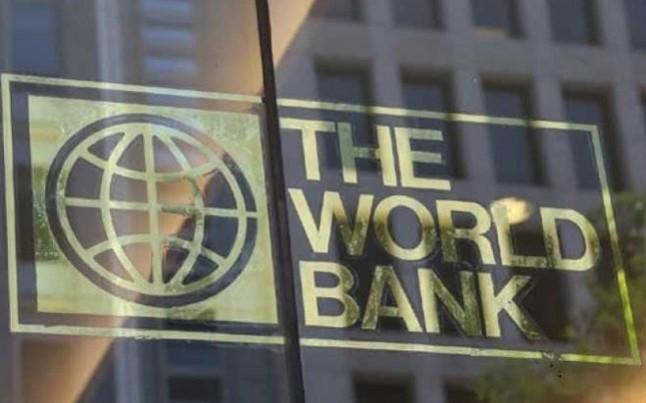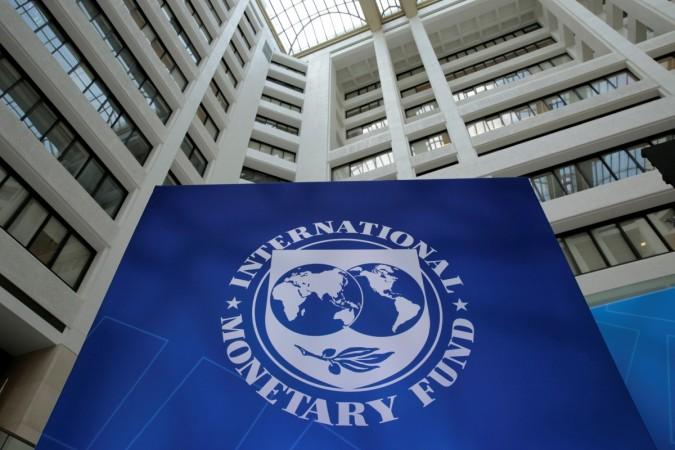
A World Bank report says India's economic growth is expected to come down for the third consecutive year. The South Asia Economic Focus projects 6 percent growth in the gross domestic product (GDP) in the 2019-20 financial year, down from the earlier estimate of 6.9 percent. The country grew at 6.8 percent in the last 2018-19 fisc.
The continued slowdown and slow pick up could put Prime Minister Narendra Modi's target of $5-trillion economy by 2025 difficult to achieve, observers say.
The report, however, said India was expected to recover to 6.9 percent growth in FY21 and 7.2 percent in FY22, provided the Reserve Bank of India (RBI) continued to maintain an accommodative stance and the global conditions remained benign.
The report released ahead of the World Bank's annual meeting with the International Monetary Fund (IMF), said India's economic growth could slump for the second consecutive years.
In 2018-19, the Indian economy grew at 6.8 percent, down from 7.2 percent in FY18. In spite of an increase in industrial output growth to 6.9 percent due to a rise in manufacturing and construction activities, the growth in agriculture and the services sector moderated to 2.9 and 7.5 percent, respectively, according to a LiveMint report.
The report blames a significant broad-based growth deceleration in the first quarter of FY20 with a sharp decline in private consumption on the demand side and the weakening of growth in both industry and services on the supply side for the fall in growth.

The below-trend economic momentum and persistently low food prices helped keep headline inflation at 3.4 percent in 2018-19 and below the RBI's mid-range target of 4 percent in the first half of 2019-2020.
This, the report notes, has allowed the RBI to ease monetary policy through a cumulative 135 basis point cut in the repo rate since January 2019 and change the policy stance from "neutral" to "accommodative".
India's current account deficit is a matter of concern as the World Bank report notes that it had widened to 2.1 percent of the GDP in FY19 from 1.8 percent the previous year, reflecting a deteriorating balance of trade.
The World Bank arrived at a 6 percent growth project for the year based on the significant slowdown in the first quarter of the fiscal year and high-frequency indicators. The report said the consumption was likely to remain depressed due to slow growth in rural income, domestic demand (as reflected in a sharp drop in sales of automobiles) and credit from non-banking financial companies (NBFCs).
While the investment flow would benefit in the medium term from the recent cut in the effective corporate tax rate for domestic companies by Finance Minister Nirmala Sitharaman, other financial sector weaknesses could hinder a rapid increase.
The World Bank identifies India's main policy challenges as addressing the source of softening private consumption and the structural factors behind the weak investment. This will require restoring the health of the financial sector through reforms of public sector banks' governance and a gradual strengthening of the regulatory framework for NBFCs while ensuring that solvent NBFCs retain access to adequate liquidity.
This will be a task cut out for Reserve Bank of India (RBI) governor Shaktikanta Das.
The bank also identifies external shocks that result in tighter global financing conditions, and new NBFC defaults triggering a fresh round of financial sector stress as major risk factors that could affect the turnaround. The future of the US-China trade wars and Brexit fears as also the Middle East tensions could worsen the global financial market conditions.















